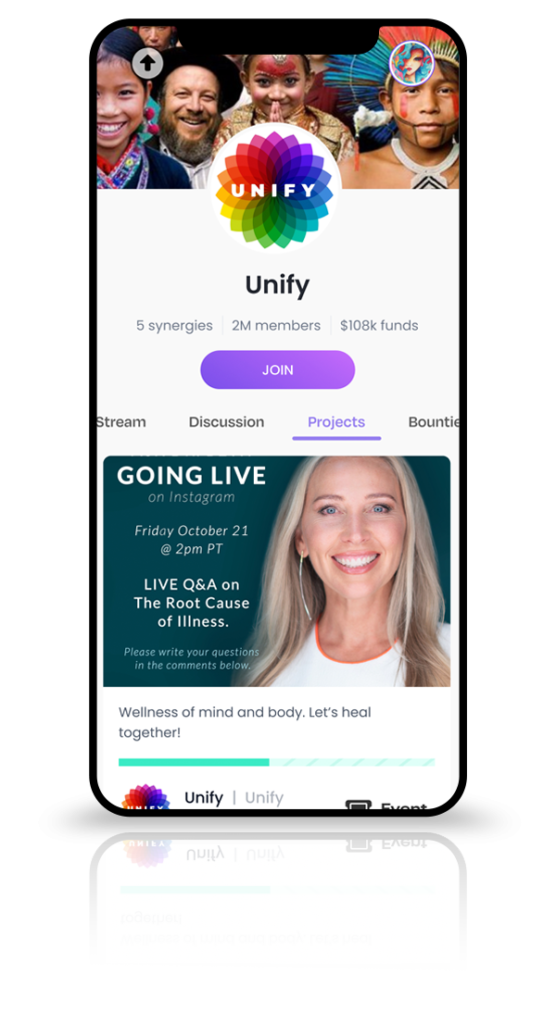
Business challenge
Creation.Space, a communal social network for crowd funding artists & creatives on blockchain, needed to move from a high-level concept and collection of notes into a prototype web app, raise investment capital via sale of its tokens, recruit engineers and designers, and raise awareness of project status and milestones.
My roles involved Lead UX & Product Design, Customer & Market Research, Product & Project Management, Product Roadmapping, and Hiring & Recruiting our development and design team.
High level results
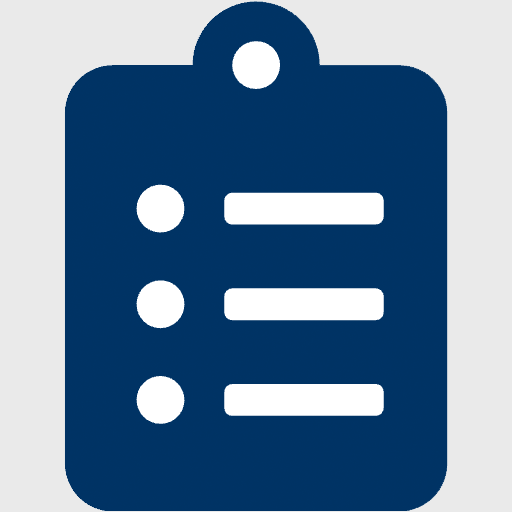
Mapped product / market fit through customer interviews & social media

Designed Figma prototypes to demo functionality for potential customers and investors

Raised $1M in seed funding
Discovery
During onboarding it became immediately apparent that the project idea was too convoluted for a coherent “elevator pitch.” I spent the first week of the project in conversation with key contributors to the company’s idea space, capturing high-level ideas and problem statements.
Once we had a clear vision of what the platform could be at its highest level, I grouped these ideas into product feature areas. I used these product features to evaluate our business landscape: determine direct competitors, potential allies, or opportunities for collaboration or integration. No need to re-invent the wheel, after all.
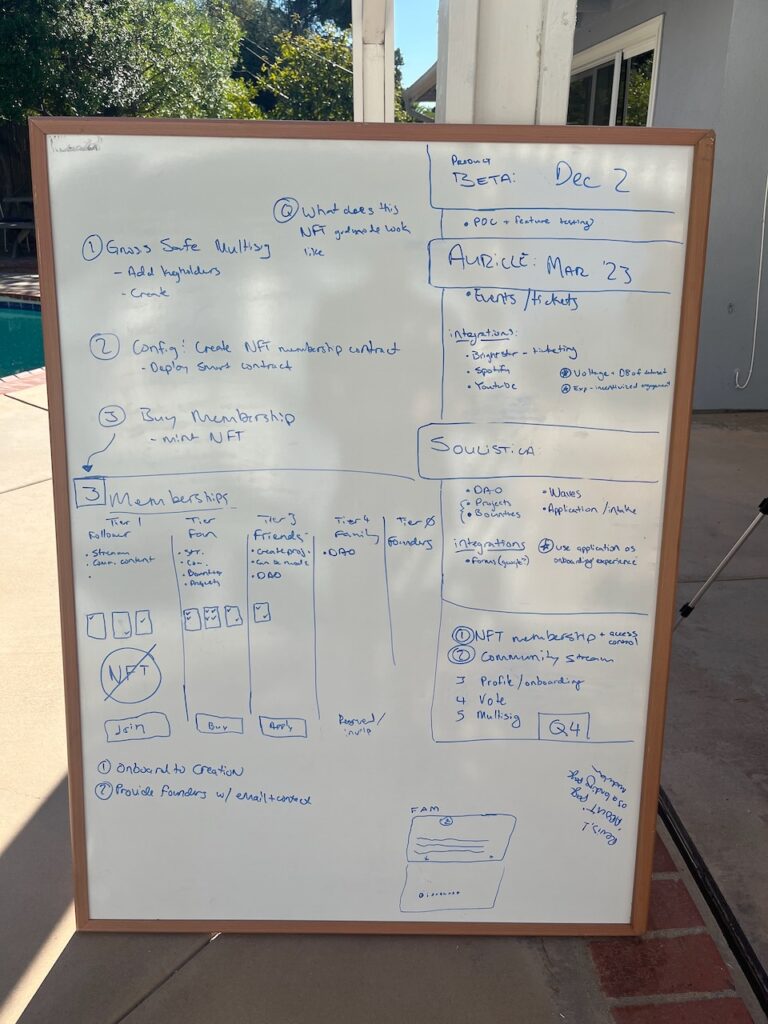


Customer research
With our high level ideas, company values, problem statements, and feature categories in mind, I began my user research through direct interviews, social media outreach, and website intake forms, mapping these into Airtable.

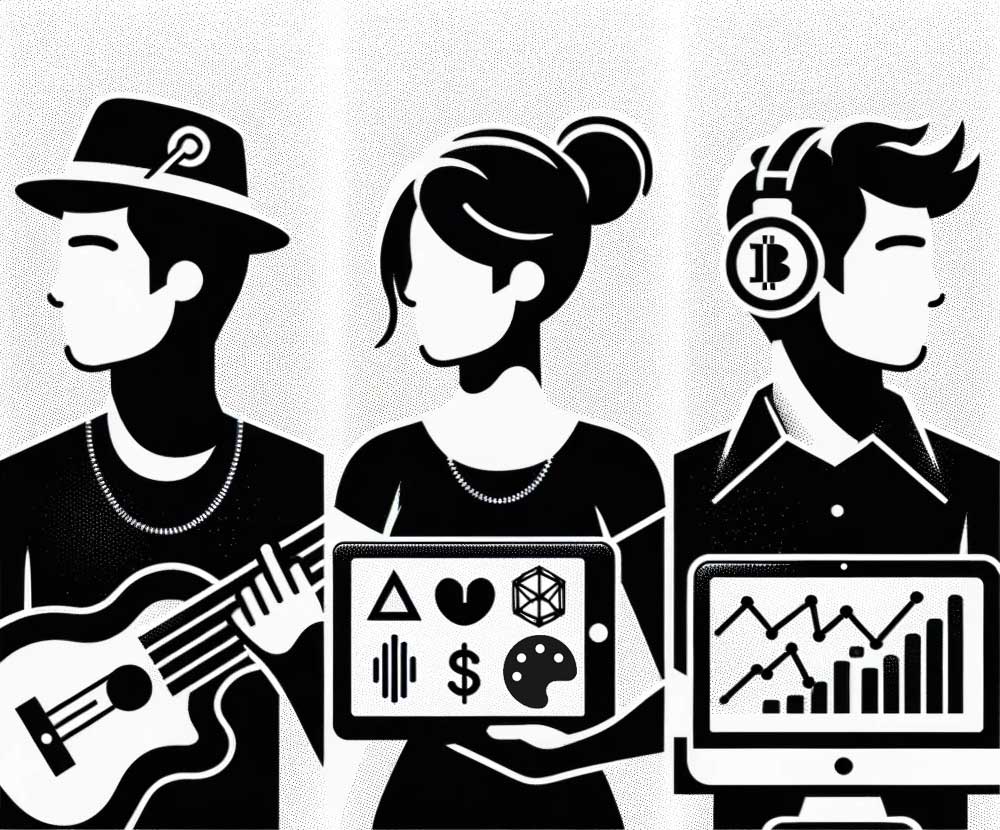
Personae
Analyzing the results of my customer interviews, cross-checking this with leadership and business goals, I concluded there were three primary target community personae: Musicians, Artists/Creatives, and Crypto Traders.
Product spec
The next step was to distill the product feature priority. I used the customer research to determine what features would be most useful and appealing, and prioritized them in Airtable based on business and fundraising goals. From here I created a living product roadmap, tying features to KPI’s and OKR’s, mapped to business goals and beta customers’ needs.
After we had identified a few beta customers, I interviewed their key stakeholders to validate our vision, product feature list, and feature prioritization. I kept this conversation alive throughout the process to capture any new insights, iterate through design ideas, and manage customer relations and expectations.
Wireframe
I had inherited a collection of notes and designs from previous contractors, which were heavily focused on blockchain details and transactions. Through my customer research I knew that these details were not important to our target users, and redesigned the “project creation” user journey into task-oriented flows:
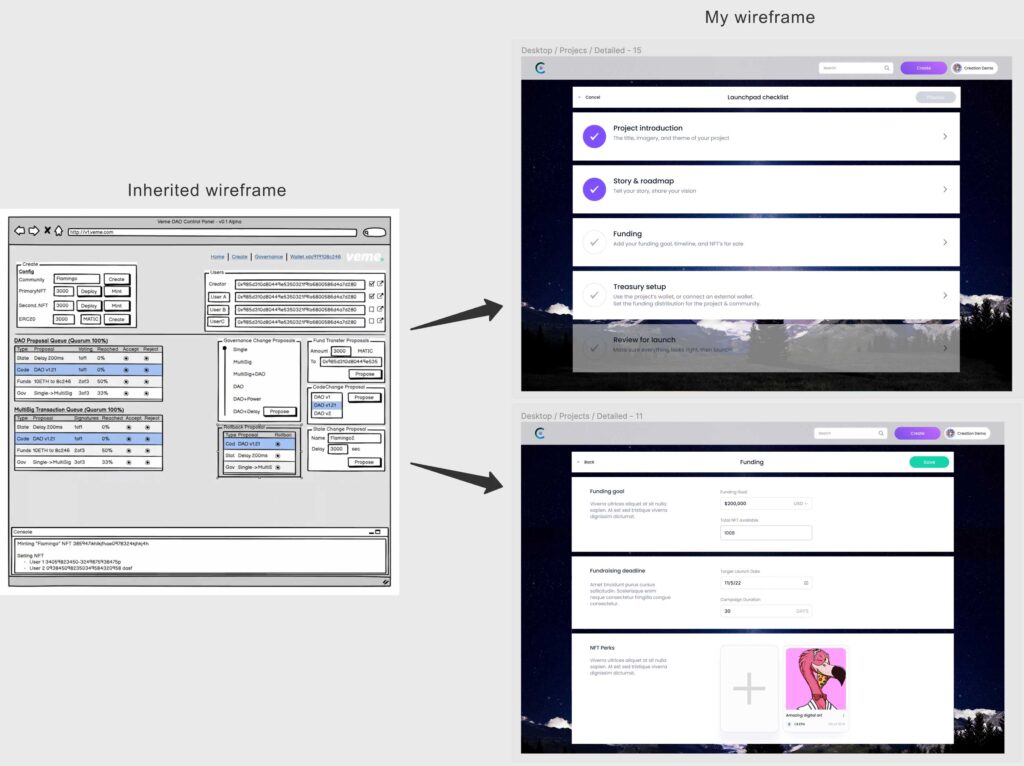
Prototype
I built out clickable desktop and mobile prototypes to demonstrate public-facing functionality, plugging in one of our potential customers I had identified as a primary target audience.
Website
To increase public awareness of the project, I worked closely with our Creative Director to design and build a web presence using Framer. The site content has been updated since launch, but the design elements have been retained:
https://creation.space/
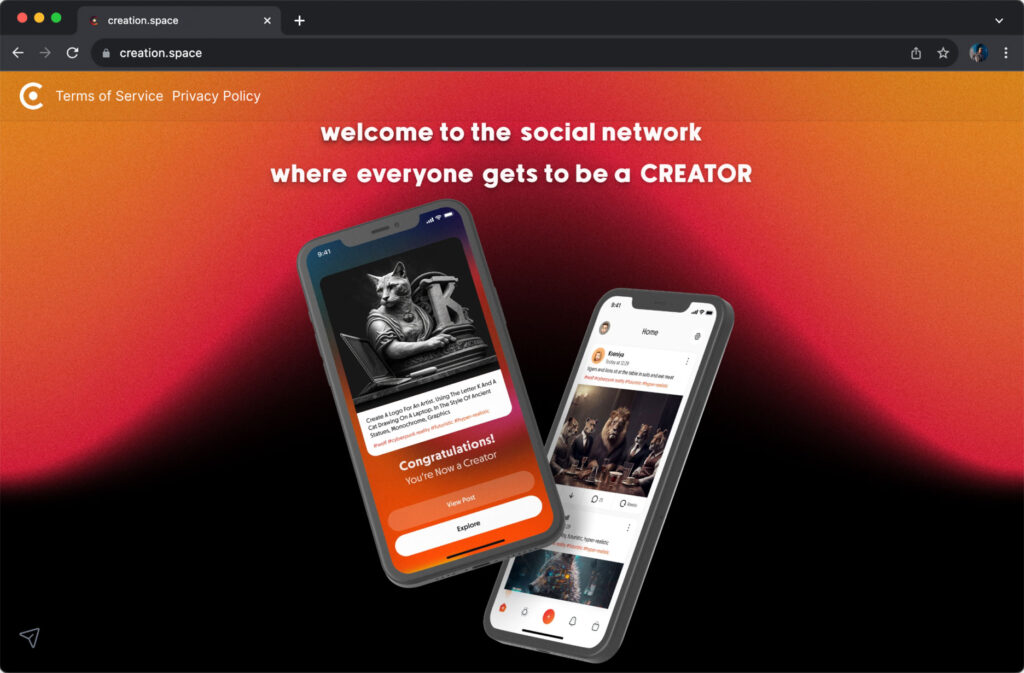
Results
In-person testing with our target audience candidates verified that our product direction and aesthetic would enable creative communities to manage and run their operations on our platform.
My prototypes enabled our sales team to demonstrate this value to investors, raising $1M seed funding to build our dev/design team, and start coding.
Ultimately the company pivoted away from this proof-of-concept: the FTX crash drying up our pending investments, meanwhile Chat GPT flipped the zeitgeist and market landscape from blockchain to AI.
This early exploration of blockchain-based creative communities enabled the leadership to see the full scope and commitment necessary to make the project a success, and determined it would be more resource efficient to explore AI tools for creatives, given the market landscape.


